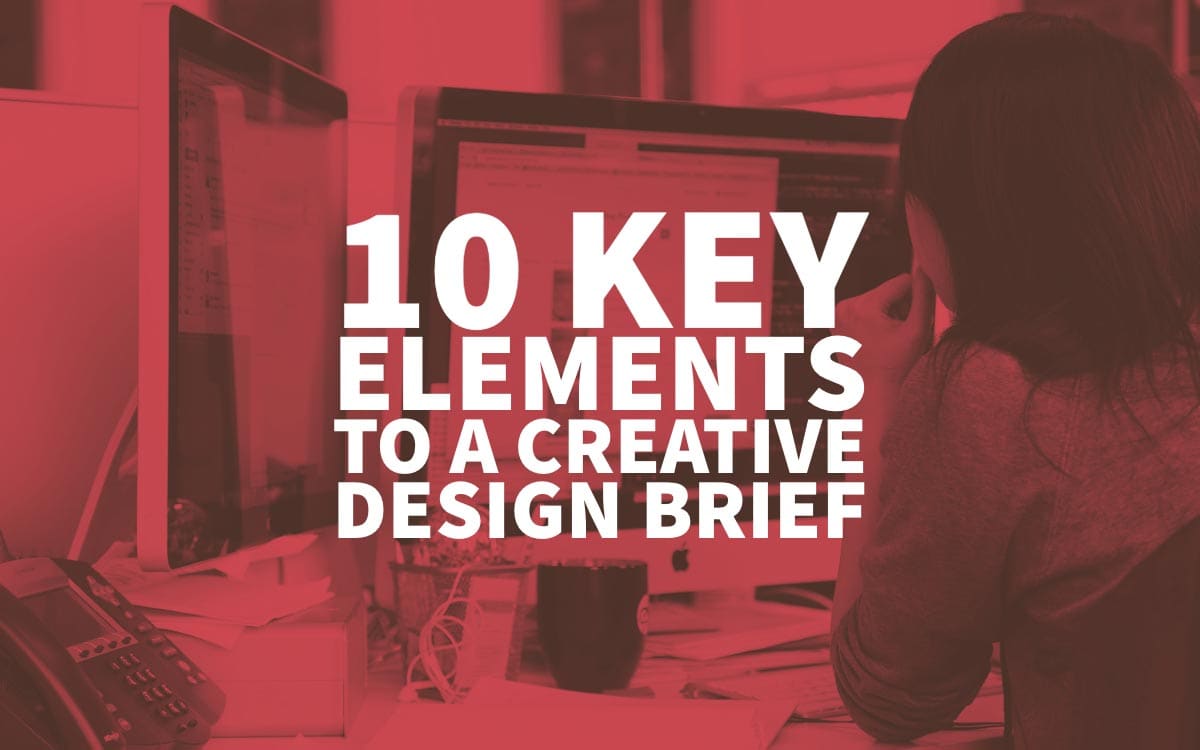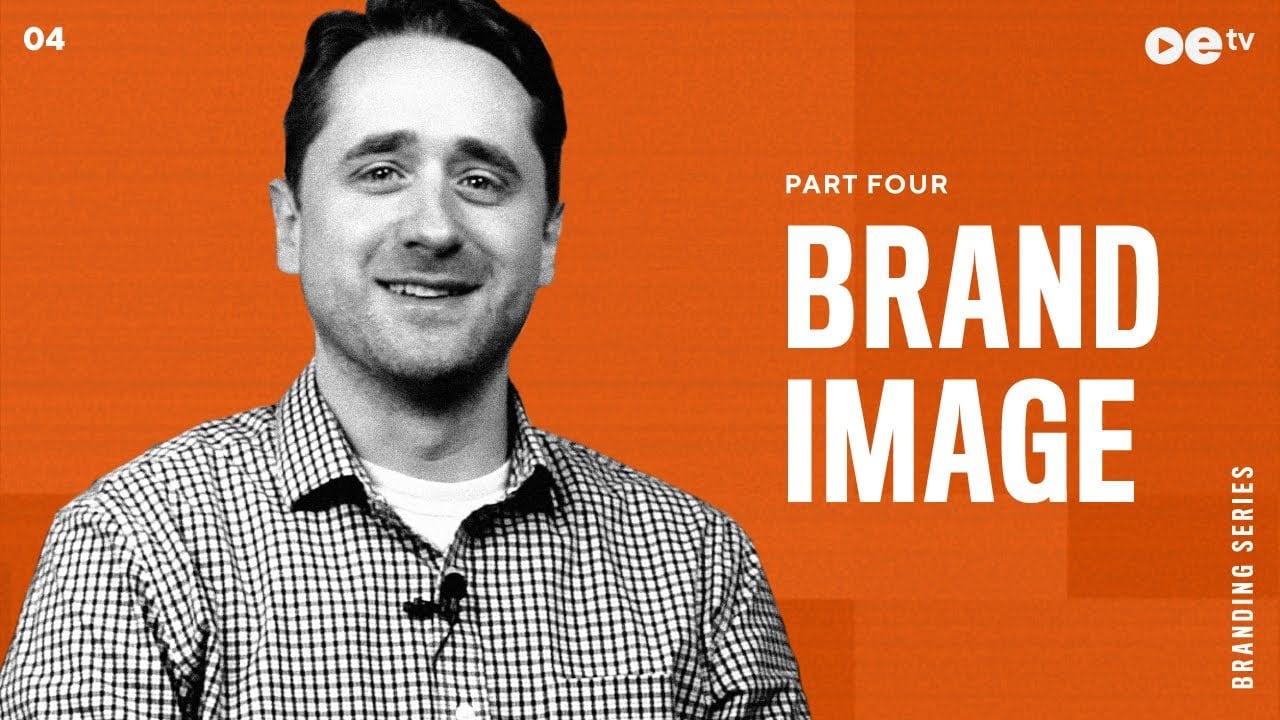
09 Mar 10 Key Elements to a Creative Design Brief
10 Key Elements to a Creative Design Brief
Whether you’re a freelance web designer or a multimedia company with a big studio, the success of each of your design projects lies in how well you collect a project’s design brief from your client.
A design brief—which consists of the questions you’ll need to be answered to accomplish a specific project—is essential.
As a designer who is fanatical about creating fantastic works of art, you need a detailed explanation of what to do.
You need to understand the specific goals that the project is set to achieve.
Your client should essentially give you the blueprints for the final version of the design project, so you will know how it should look.
Some clients prefer to sit down and draft their briefs and then hand them over to the designers.
However, in most cases, it is you—the designer—who will write and submit the design brief to your client.
Because most clients are busy, you’re going to write many briefs.
For this reason, you need to understand what a creative design brief is and what specific elements the brief must include.
In other words, you need to be familiar with certain key elements that must be included in every brief to increase your success in finishing a project that your clients will love.
Here are ten key elements that you should include in your next creative design brief:
1 – About your client and their business.

The first and most crucial element of any creative design brief is your understanding of your client and his or her business.
You will need this information to create a compelling design that they’ll love.
Of course, you won’t need to know everything about your client.
They can share with you their personal details, such as name and contact information, as you converse.
If it is an old local client, you can update existing information using a reverse phone lookup service.
However, you may need to ask them a few questions related to their business, such as:
- When did you start this business?
- How did you get started?
- What is the size of your company?
- What is your key role in your company?
- What are your key products or services?
The answers to these questions will inform you about your client’s personality and profession.
Once you clarify these points, the next key element to include is their target market.
2 – Audience or target market.

After you understand your client and his or her business, it’s time to get to know the industry and, more importantly, the market.
Remember that the project at hand needs to appeal to your client’s target market to provide better results.
If it does, the target market will fall for it.
They’ll become brand ambassadors for your client, spreading their recommendations through word-of-mouth advertising and boosting your client’s sales and ROI.
Have your client vividly spell out what he wants, explaining:
- The industry, its size and the competition involved;
- A brief overview of the audience’s demographics (middle-aged Native Americans or tech-savvy millennials from London);
- The types of business the audience is engaged in; and
- How often the target audience or customers buy the product or order the service.
Your client needs to give his ideal customer a face, so you can picture them when creating that web page or logo design and make it resonate with them.
3 – Budget

Congratulations! You have gathered some of the information necessary for you to start this job.
Maybe you have even begun salivating as you imagine how your creative design will bring fortune to your client.
However, slow down and ask this one question: What’s your client’s actual budget?
The nature, quality and style of your design services rely solely on the budget your client has available.
If the client has budgeted only $100 for a landing page design, for example, you won’t spend your time designing a sophisticated landing page that’s worth $500.
The budget determines the quality of your work!
4 – The scope of the project.
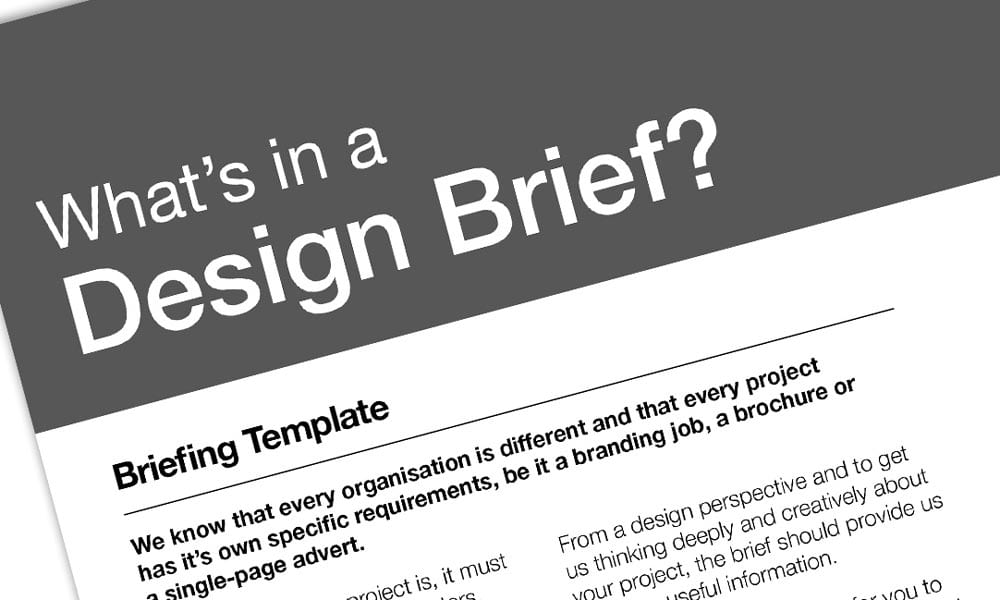
You also should understand the scope of the project in the design brief.
- What does it entail?
- What specific details does your client want you to include?
- What material does the client want you to weave into the project?
You need to know the full extent of the project.
If it is a web design project, inquire if they also need a social media design to complement the project.
That will help you make sense of why they need you.
After you have determined the scope, ask yourself this question: Based on the client’s requirements, am I even the right person to handle this design project?
5 – Creative project objectives.
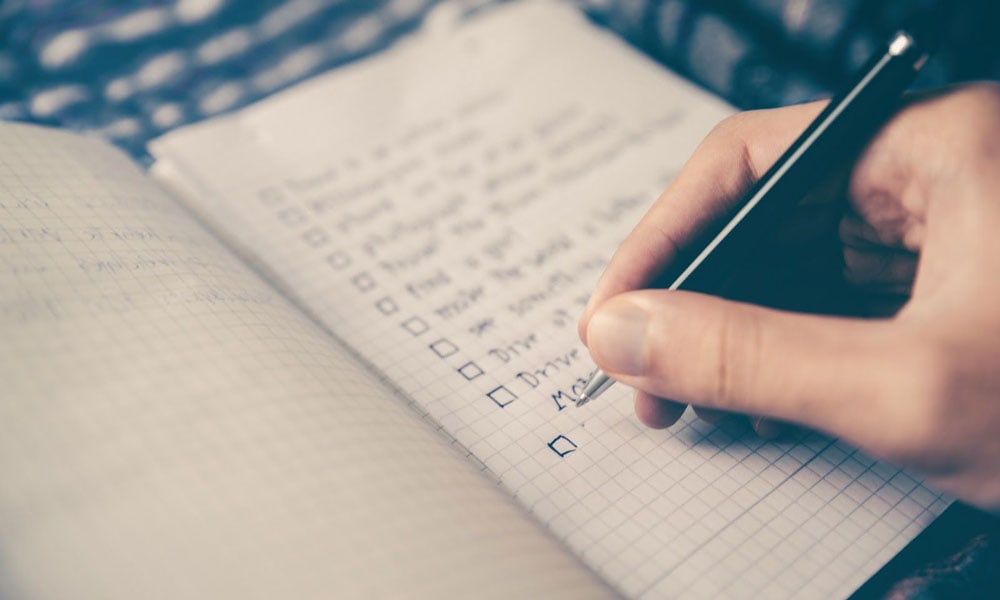
It amazes me that most freelance designers overlook this crucial part, even though it is one of the essential elements of a creative design brief.
Just last month, a company hired my colleague Ryan to design a cover page for an eBook, which they want to use as a lead magnet on their home page.
In their design brief, the company told their designer, “We want the eBook to bring us tons of subscribers.”
The designer created an inspiring, emotional cover story around that objective.
“It’s a win-win for both of us,” Ryan told me. “I get paid, and the company gets tons of subscribers.”
The lesson?
Always ask your client the following questions:
- Why do you need this project?
- What do you want to achieve based on this project?
- How will you measure the success of this project?
You also need to include a section that asks about their competition.
6 – About their competitors.

Your client’s project should be spectacular.
It’s not just for generating traffic or leads, mind you.
It should also intimidate your client’s competitors.
Your job, as a designer, is to create a stellar work that’s original and impressive and can’t be copied.
To do this, ask your client who their competitors are.
You may want to get a feel of the kind of designs they use, what colours they incorporate, and how their overall branding stands out.
The details will give you a clue to the specific angle you can use to beat them.
Your job is to get your client ahead of them in the marketplace.
7 – The goal of the project.
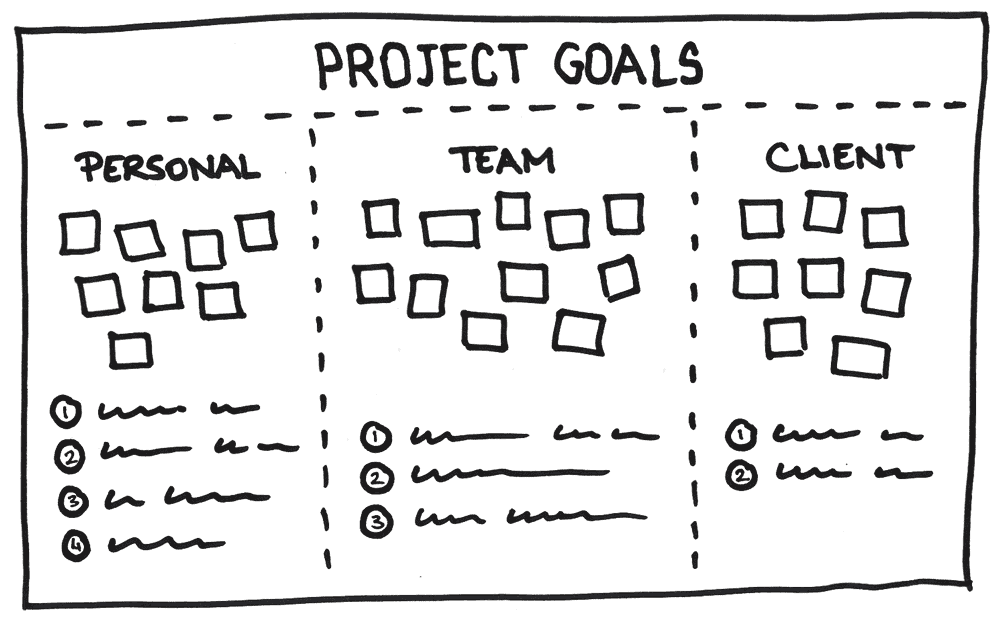
Every project has a goal that depends on the client, their business and their current need.
Two different clients may order a logo design from two different designers.
Both clients may have different goals to achieve based on the type or needs of their businesses.
Find out whether the design’s primary goal is to inform, educate, entertain or sell a product or service.
8 – The image your client wants to portray.
You must include this section in your brief, as you want to know whether your client requires something simple, high-end or friendly.
Do they want to be confident and dominant?
If so, they require a project that’s techy and elegant.
Get your client to tell you the exact colours they like and the font that will appeal to them the most.
Scrutinise the kind of pictures they use—whether they are quirky, bland or professional.
This way, you’ll be knowledgeable enough to know how to position their brand and make them appear on the world stage.
9 – Deliverables.

Once upon a time, I worked on a design project for a new client.
The project, which was an animated design that the client would use in his blog, took me about five days to complete.
I took my time to deliver epic work to the client.
After I completed the work, I was excited to submit it to the client.
I quickly sent it via email and waited patiently for feedback.
“Great work, but… could you please send the files in JPG format?” I was so embarrassed!
During our conversation, I forgot to ask how he wanted the project to be delivered, in what format, and so on.
I just used my intuition and sent the files in PNG format.
Guesswork doesn’t work.
Always inquire about approvals and deliverables to avoid looking like an amateur.
10 – The deadline.

The deadline is one of the crucial points in your brief.
Your client may have a preferred deadline in mind for the design project he has assigned to you.
However, some clients won’t set a timeline for their creative designer because of the fear that it might restrict their focus, which will, in turn, affect the overall quality of their work.
It’s your job to include a section that asks your client about their preferred deadline for the project.
Ensure that you have agreed to a set timeline and on a specific date to submit the first draft of your work.
This way, you’ll avoid negative feedback that can result from miscommunications with your client.
Conclusion
A creative brief is an essential document that every designer should know how to craft if they want to excel in their career.
Rather than including unnecessary sections that have nothing to do with the project, such as a client’s interests or hobbies, a professional brief should include the critical elements, such as the client’s audience, target market, budget, and the scope of the project.
The brief should also include the project objectives, a section about the competition, the goal of the project, how the client wants to be seen in the marketplace, and how and when they want their final project to be delivered.
It’s about asking the right questions in the design brief to make the project a success—both for the client and for your freelancing career.
Author Bio: Mark Meyer works as the content manager at Spokeo. His field of expertise includes business, marketing, and self – improvement. In his spare time, he enjoys hiking and surfing.
